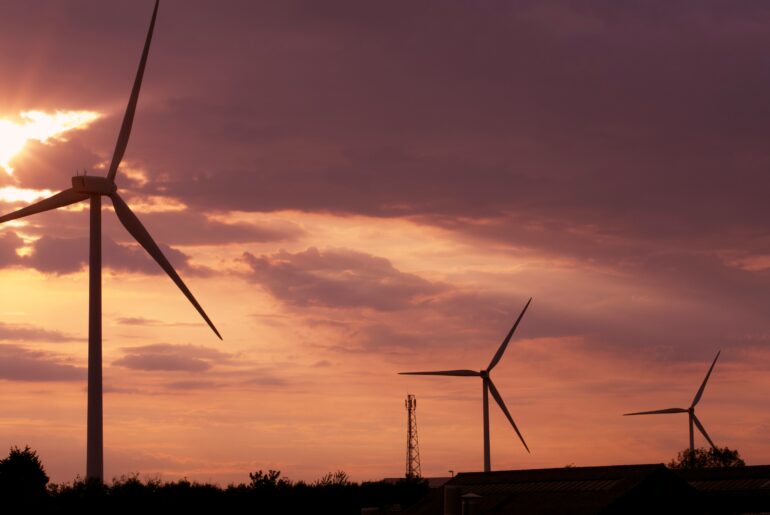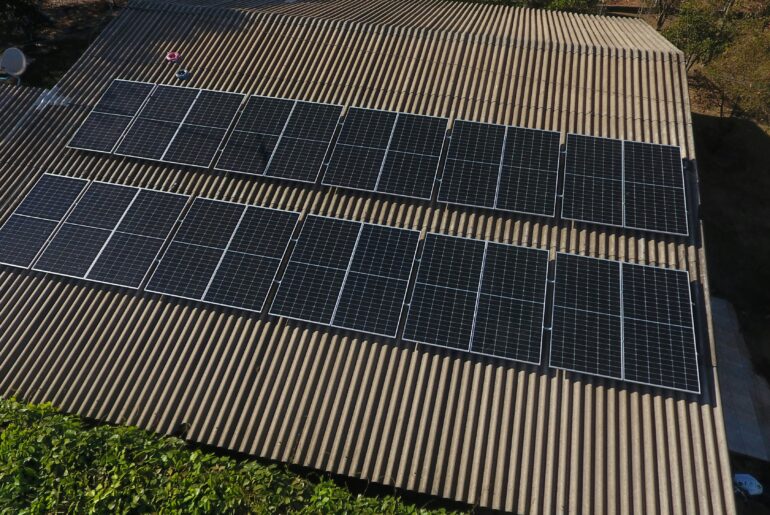A tree planting scheme has been uncovered in King’s Lynn, England as another “greenwashing” attempt by a small town to combat the climate crisis – or make it look that way. The scheme ultimately failed because the planters did not do the proper research beforehand. Environmentalists pointed out that the trees were planted not only at the wrong time of year but also in a “species-rich grassland that was already carbon negative”. “Greenwashing” is a term coined to describe corporations or governments funding environmental projects to make it appear they are working to combat climate change.
The trees were also planted in the ground too shallow even to take root. According to ViceWorldNews on TikTok, of the 6,000 trees planted 90% of them failed. This attempt at trying to “help the environment” has got us thinking about what we can really do and that’s planting native plants in your area.
According to the National Wildlife Federation, “a plant is considered native if it has occurred naturally in a particular region, ecosystem, or habitat without human introduction.” Growing plants native to your area will use less supplemental watering, which can be wasteful, help with pest problems that normally require toxic chemicals, and assist in managing rainwater runoff and maintaining healthy soil as their root systems are deep and keep soil from being compacted.
Plants that aren’t native to your area, while they look pretty in your garden, are actually doing more harm than good. “Exotic plants that evolved in other parts of the world or were cultivated by humans into forms that don’t exist in nature do not support wildlife as well as native plants,” according to the NWF. When these plants are put into the soil they can eventually venture out into the wild and become invasive species that destroy natural habitats.
Here are some things to consider before starting and while building your native plant garden according to Audobon:
- Does the area you planting in have full sun? Partial sun? Shade? Is the soil rocky, loamy, sandy, clay, or gravel? Does it drain well? Is your site flat or hilly? Near water? What’s the elevation?
- Plant in the spring or fall months when it’s cooler outside.
- Remove any invasive species and add organic compost to the soil.
- Plan your garden with a variety of shapes and sizes of plants. Go for a color scheme/ plan for seasonal blooms and plant the same or similar species next to each other.
- Add ornaments that catch rainwater for birds.
Along with all of the great benefits of planting native plants and flowers, they can make your home look beautiful as well. Sure lawns are clean and look nice, but an area in front of your home or even in your backyard that is thriving with colorful flowers and butterflies will fuel the romantics at heart. The National Wildlife Federation makes it really easy to find flowers and plants native to your area. With their online Native Plant Finder tool, all you have to do is type in your zip code, and a list of flowers, grass, trees, and shrubs species comes up along with the number of butterfly species that use the plants for varying reasons.
Planting a native species garden will not only become a fun hobby and DIY project for you or your family, but it will also help the environment immensely. Let’s put the natural back in nature.




